Publisher: Cyberdreams
Developer: Cyberdreams
Release Date: 11/30/1995
Available On
The marketing, box art, and even screenshots are quite misleading for the type of game this is. Even the fantastic artwork doesn’t accurately convey the tone of the game. The first game was a chaotic combination of trial and error, resulting in its incredibly short duration. The second game follows more linear and traditional point-and-click adventure gameplay with digitized scenes and full voice acting. While the voice acting isn’t half bad, the sprites could have used a few more animations and don’t mash well with the H.R. Giger art style of the Darkworld.
Dark Seed II focuses mostly on a murder mystery. You play as Mike Dawson, who is recovering from the events of the first game. The local sheriff has charged you as the prime suspect after the murder of your high school sweetheart, Rita. You then wander around various locations in town, talking to people trying to move the story along, and this is where the game really falls apart. Like most point-and-click adventures of the time, the game is very obtuse; there aren’t any puzzles, but knowing what items to pick up and where is a real chore. The first game had issues with objects blending into the background, but in this game, you just wouldn’t know where to start. I had to play this game with a full guide, or I would have spent hours wandering around, not knowing what to do or where to go. The lack of a button or other mechanism to access the map makes the significant amount of backtracking even worse. To get to the map, you must walk back to the edge of the area, slow walking speed and all.
Once you get to the Darkworld, things get a little more interesting. The artwork is fantastic, and it’s a shame the low-resolution visuals don’t do it justice. The voice acting didn’t mesh well with the characters in this world, which put me off. They are meant to represent people in the real world, but come on. Why is there a strange statue of a gargoyle that Giger created speaking with a silly New York accent? It just doesn’t sit right tonally. I still loved the bizarre architecture and surreal atmosphere that the Darkworld gave, but the repetitive music, sound effects, and half-assed animations just don’t do any of this justice.
There isn’t much gameplay. You can change your action icon with the right mouse button and have a pop-up inventory, but you won’t be using it much. Most of the game involves walking back and forth and talking to people. While the overarching murder mystery is rather interesting and the ending was a surprise, I wanted more of the in-between stuff. There was a significant opportunity to bring the Darkworld to life, and even in the mid-90s, this could have been feasible. There was a hint of this happening when you converse with certain creatures; they mention the Darkworld briefly, but the worldbuilding simply lacks depth. The adventure titles of that era, like The 11th Hour, I Have No Mouth, and I Must Scream, Full Throttle, and others, didn’t follow the same pattern. Many other games did this just fine, without the macabre legacy of Giger himself lending a hand to the art department.
Without the artwork, this would be a ho-hum adventure title. While there have been many improvements over the original title, I would still like to see more Darkworld architecture. I wanted more time spent here. Yes, there is more of the dark world. There are more screens, buildings, and creatures in the Darkworld than in other adventure titles of the time. There is a layer of cheese that you just can’t look past when it comes to certain events or scenes in the game, and it made me roll my eyes or frown. H.R. Giger’s art is my favorite of all time. There’s so much that could be explored here, but instead we get an obtuse, backtrack-heavy game with an interesting murder mystery and the best parts taking the backseat.
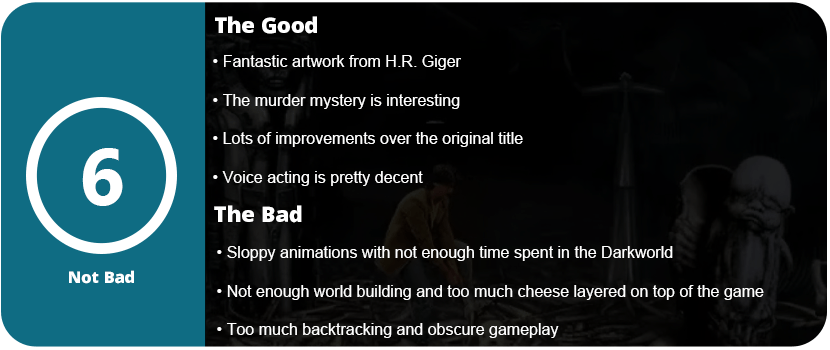

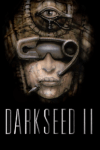





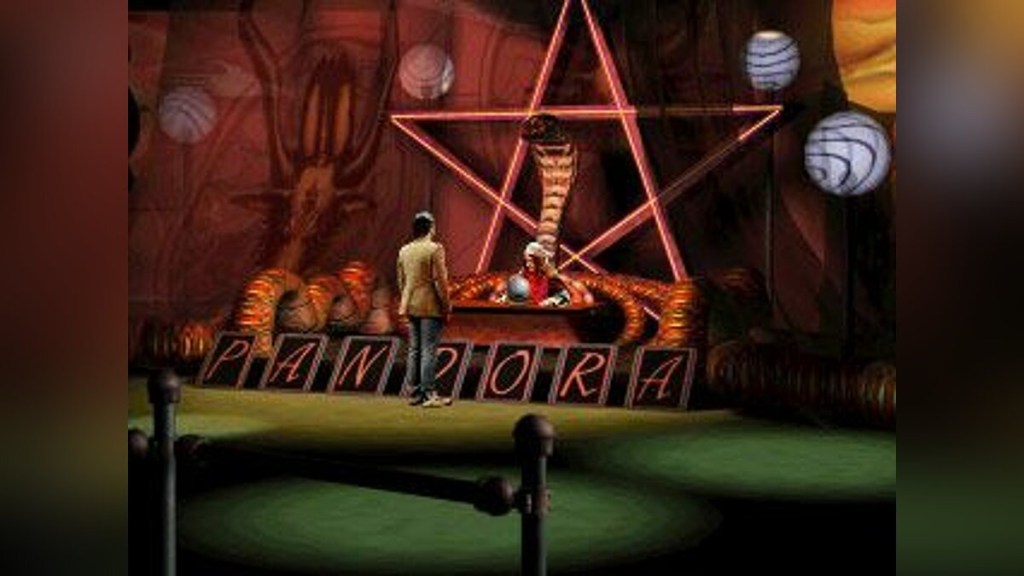
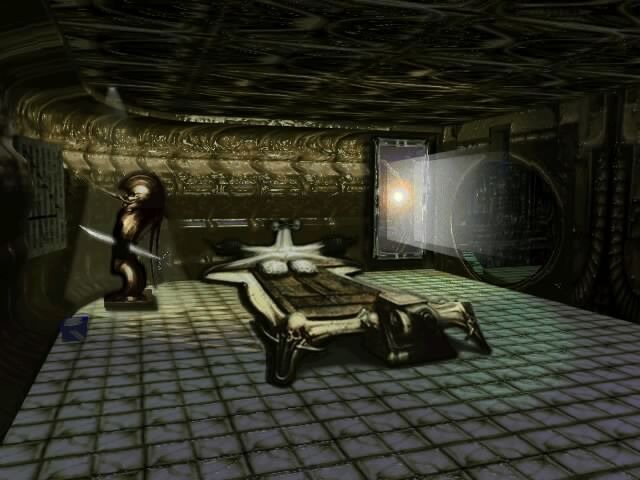
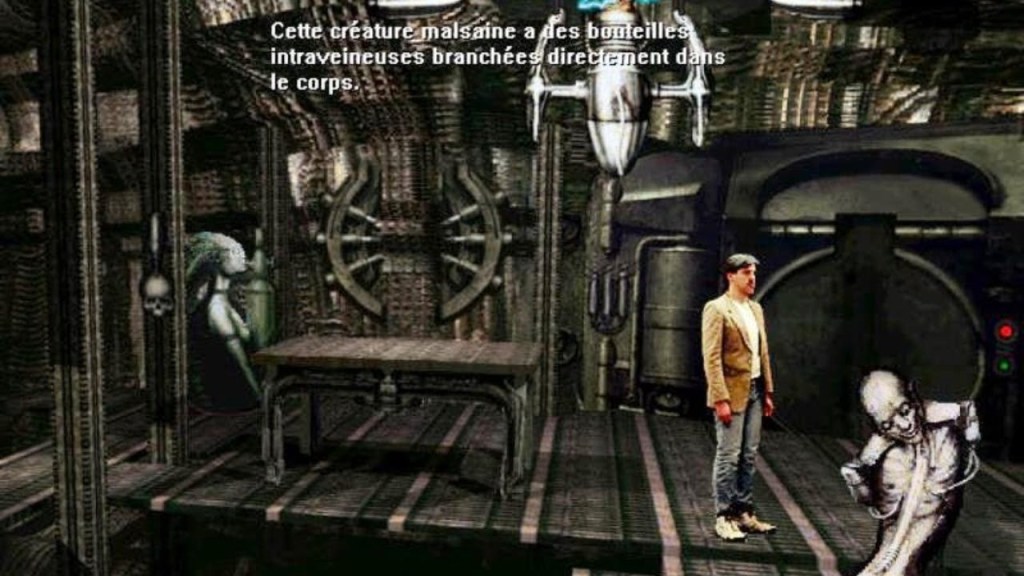








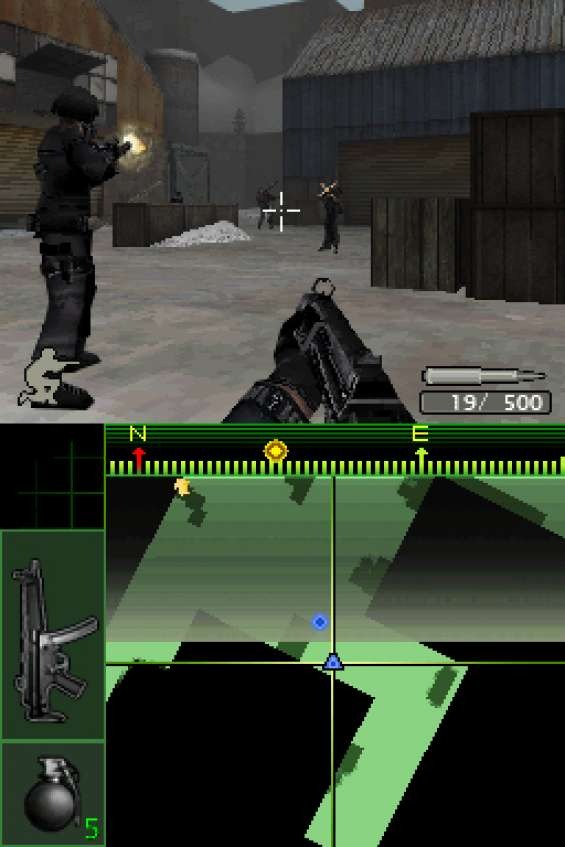

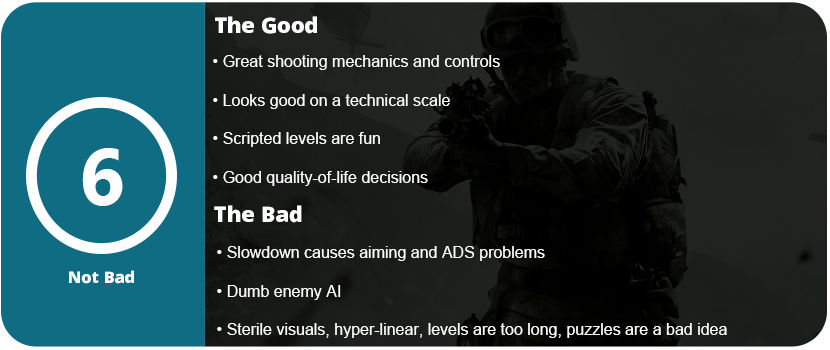











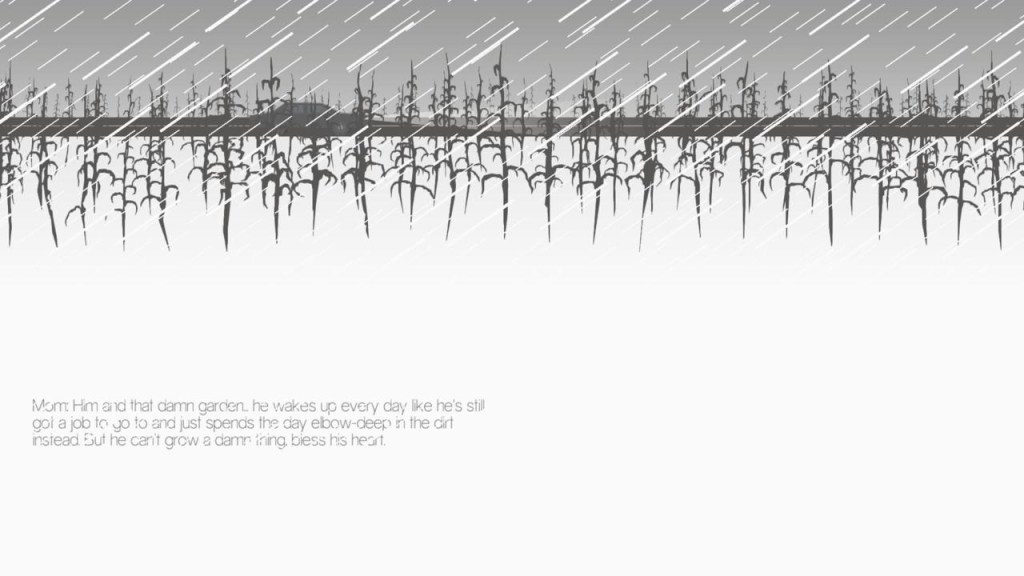

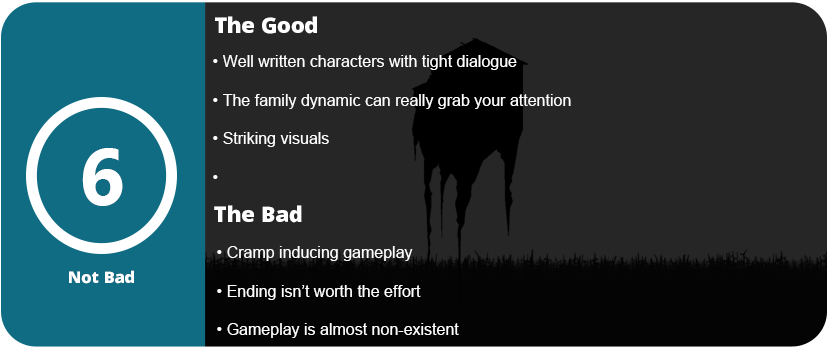

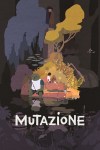


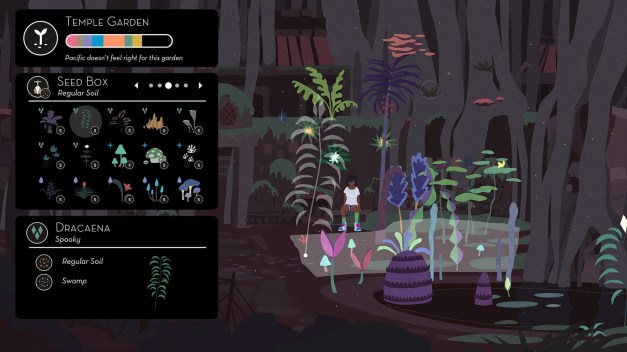

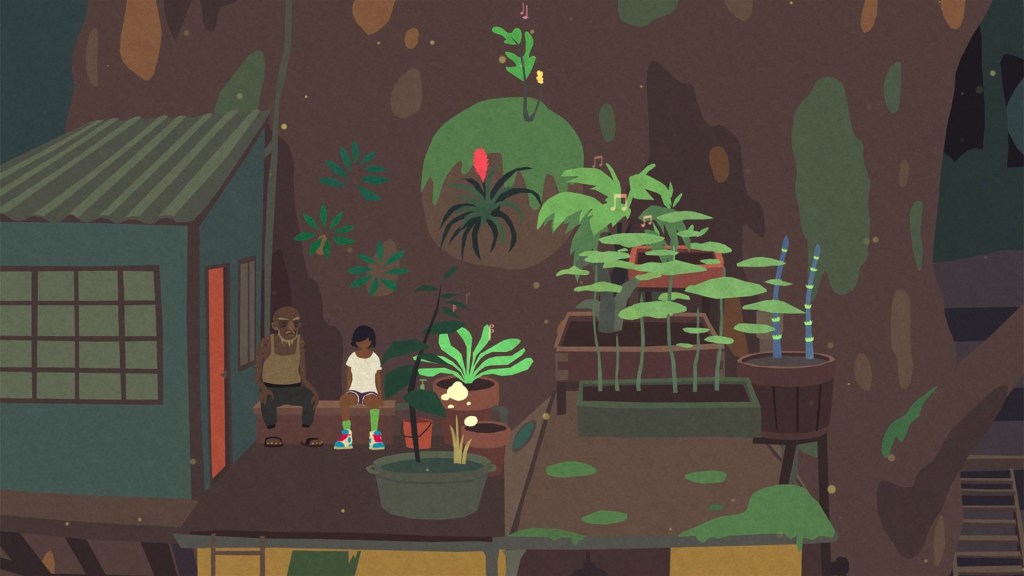
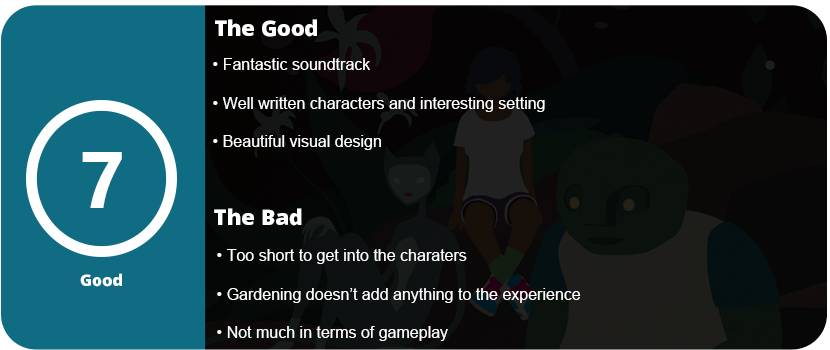











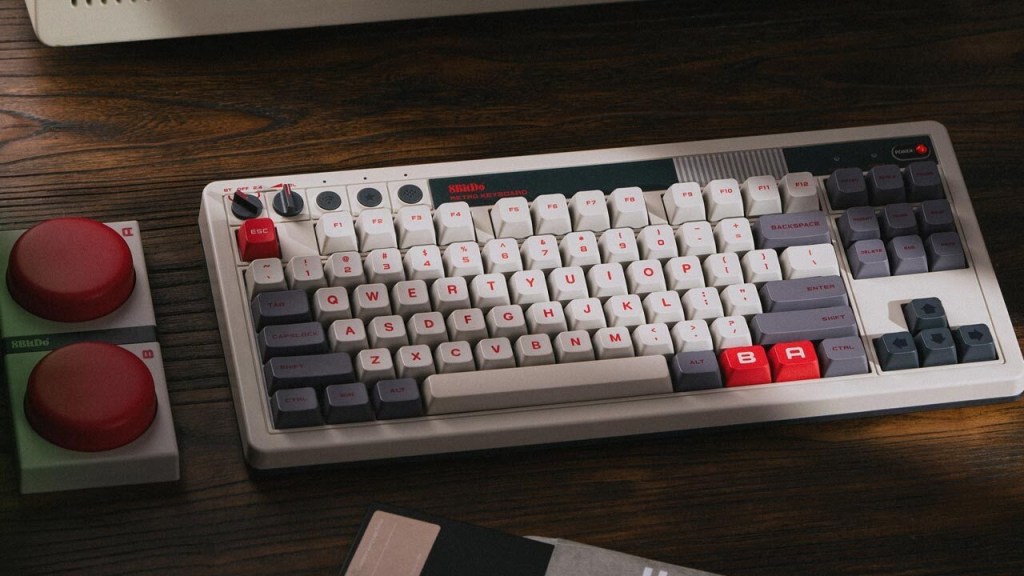
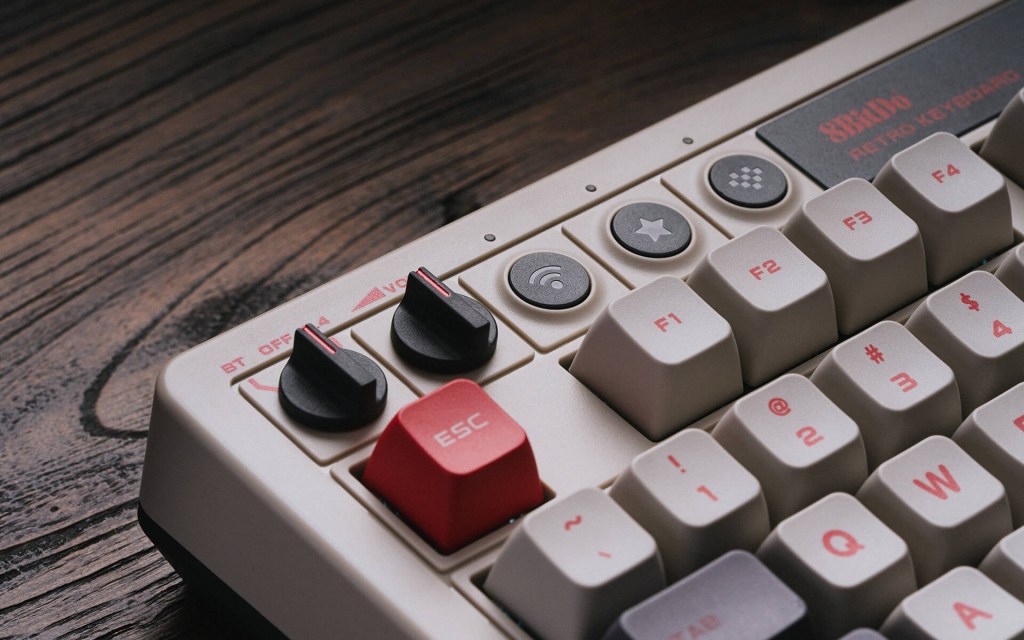
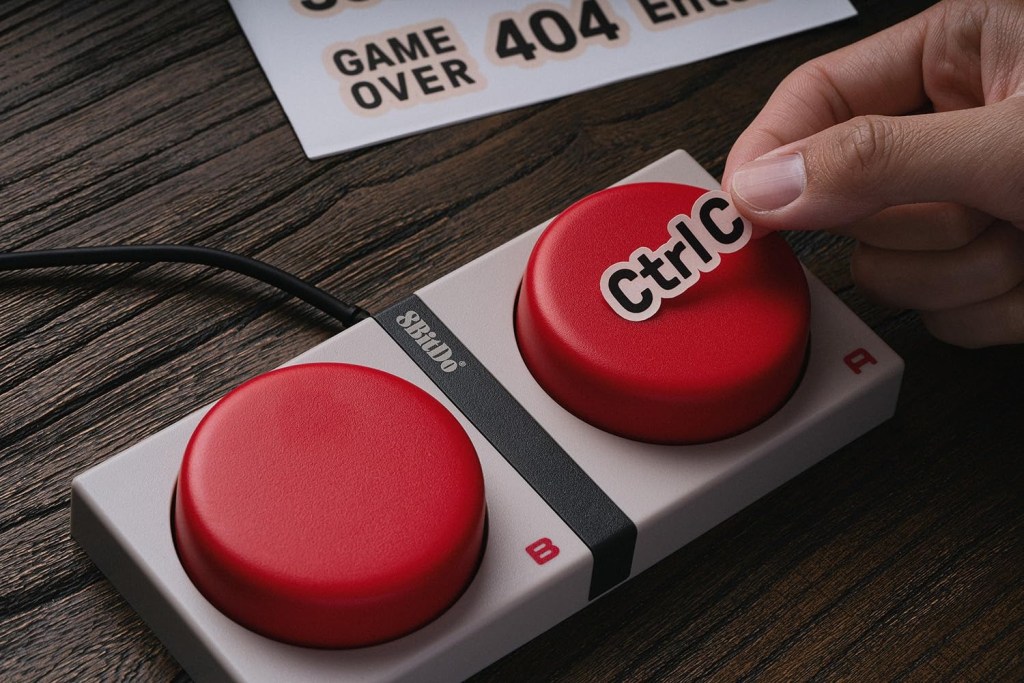





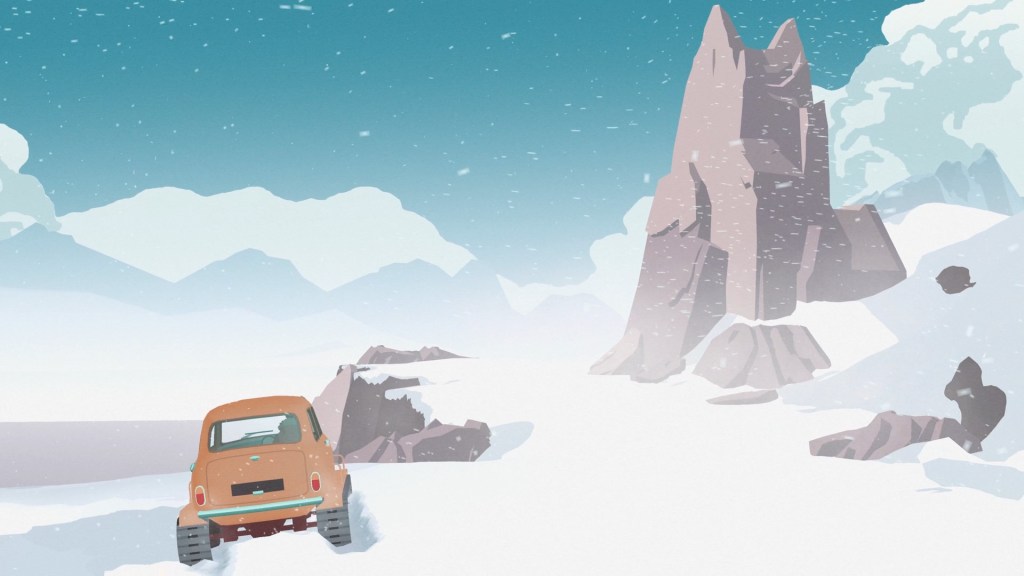

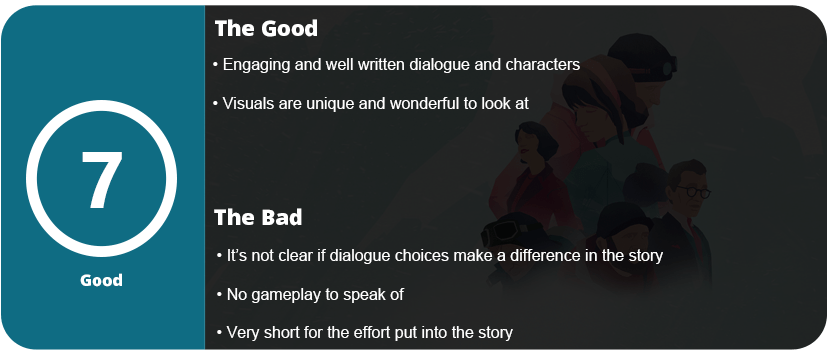
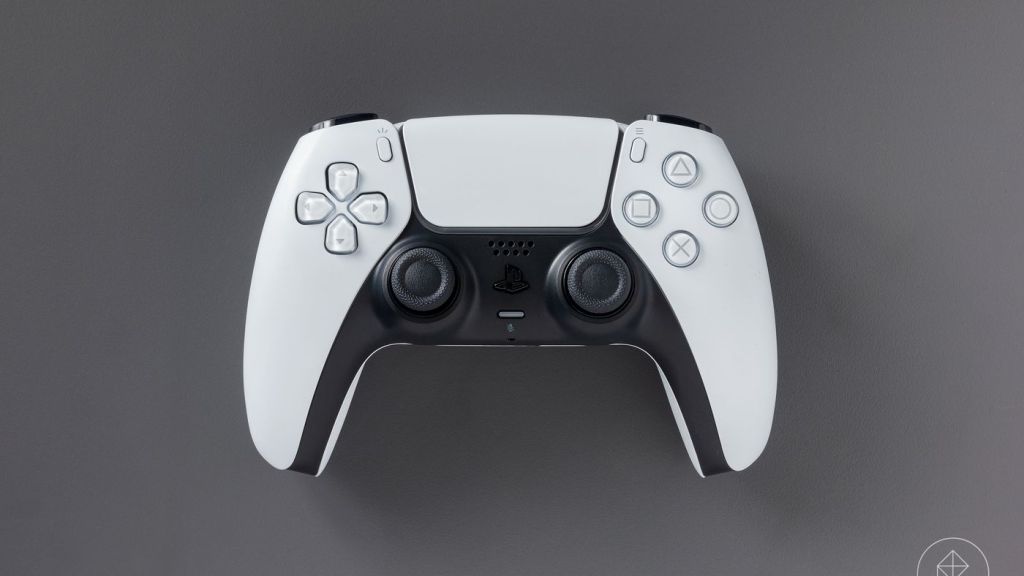



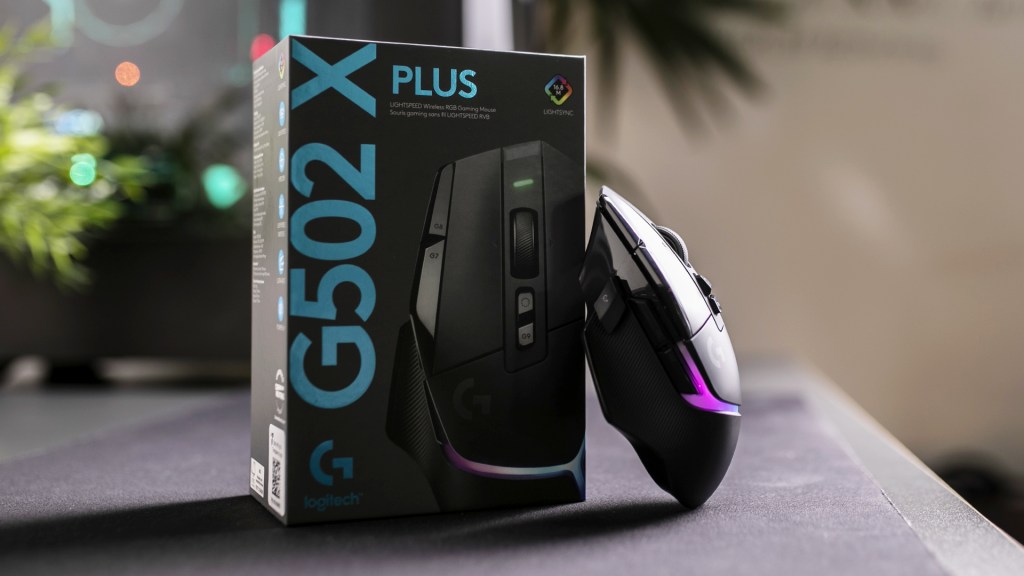


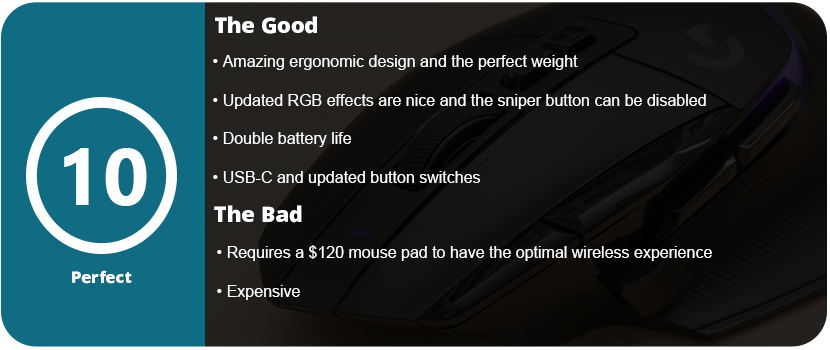





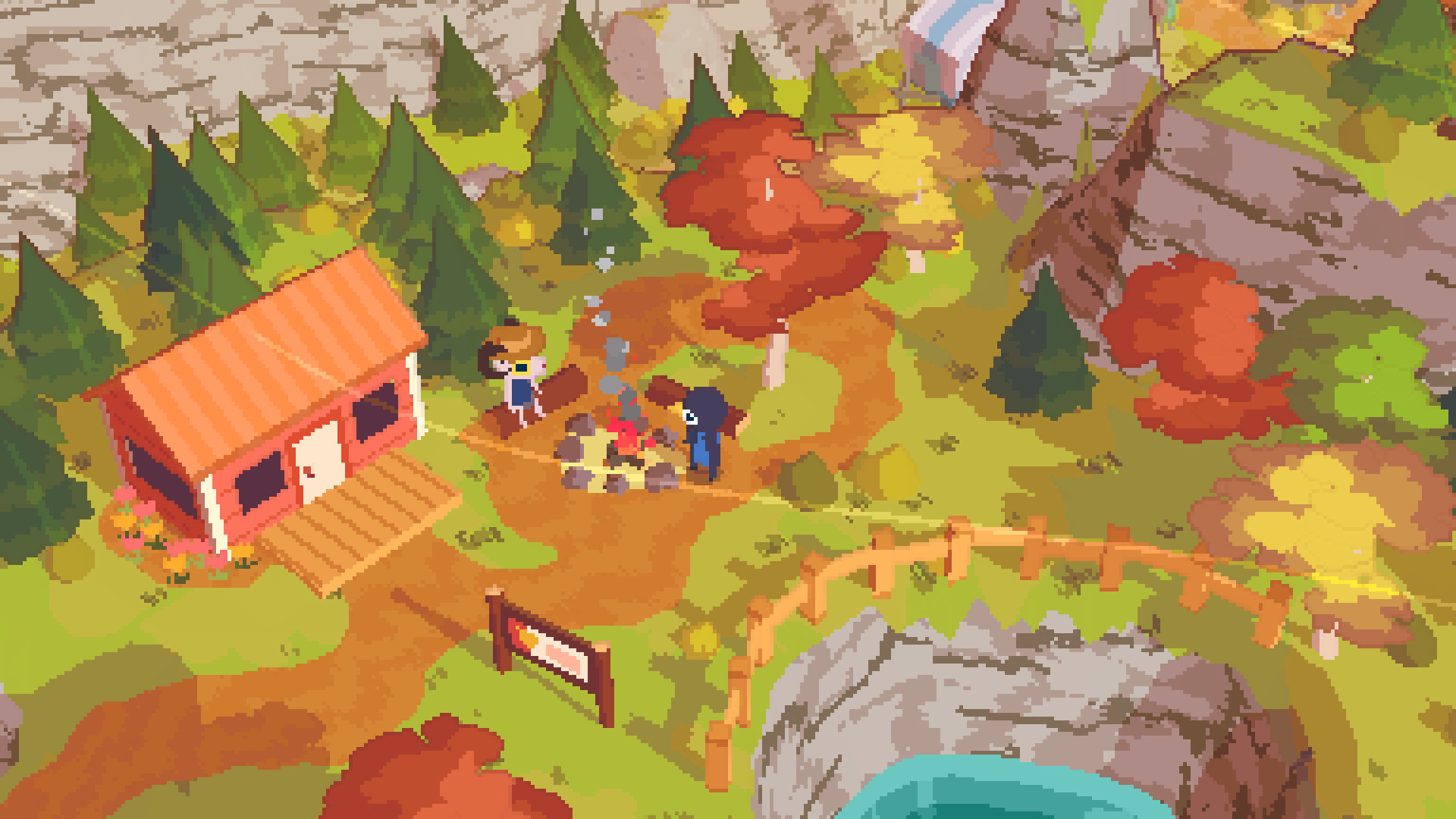












Great post tthankyou